The Great Scrap Vehicle: India Junks Rs. 18 Trillion
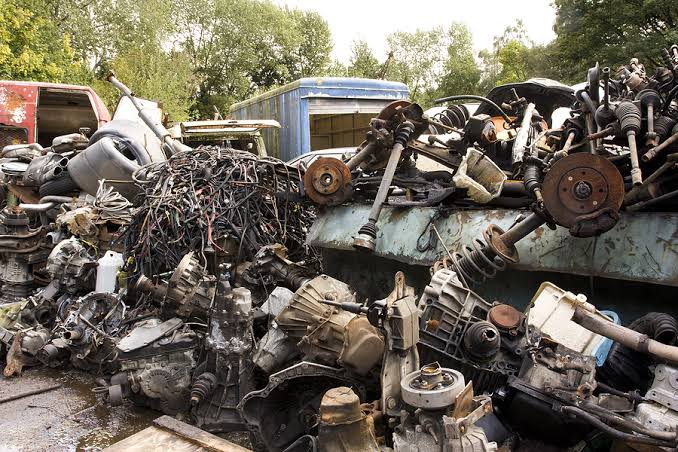
India is a powerful economy. It is now officially a $4-trillion economy — but in truth, it is far more potent. It does something no other country in the world does, not even the US: it wants to junk vehicles worth Rs18 trillion every year.
In Delhi, 62 lakh so-called “end-of-life (ELV)” vehicles have been targeted. Policemen, unable to prevent crimes, are deployed instead to chase down and impound nearly 200 vehicles from people on their way to work, hospitals, or schools — merely for the 'offence' of entering Delhi or stopping at a petrol pump. It’s a new, innovative form of harassment that humiliates citizens and deprives them of property — a cruelty even the much-maligned Leftist regimes never committed. Many of these vehicle owners have just completed seven years of EMI payments. Now, the state treats their hard-earned asset as waste.
The Quixotic policy also destroys the concept of the National Capital Region (NCR), once envisioned as an integrated urban unit across UP, Haryana, Rajasthan and the national capital, Delhi.
The central government must now scrap this unimaginative car-junking policy. Let vehicles run until they reach their true end-use — perhaps 40 years or more — and let Indian wealth grow naturally. Families maintaining vehicles with care are now being punished. Even vehicles with less than10,000 km are being deemed unfit.
An Economy That Junks Its Wealth
Two crore vehicles discarded annually — that’s an astounding figure. How can any economy junk so much capital and still sustain or grow? No one has answered this. Based on an average cost of Rs 9 lakh per vehicle (with actual prices ranging between Rs 6 to Rs 13 lakh), this means Rs18 lakh crore would bedestroyed every year. Including buses and trucks, this figure could cross Rs 30 lakh crore.
This is not policy — it's madness. The destruction of this wealth impoverishes nearly two crore families annually. Public transport in states like West Bengal is crumbling, as private operators are forced to replace old buses they cannot afford to upgrade. With vehicle costs having multiplied, and with banks reluctant to lend for "scrap" vehicles, the impact on rural mobility is devastating.
Even the Delhi Transport Corporation has stopped running buses into neighbouring states like UP, Rajasthan, Himachal, and Uttarakhand. But nobody seems concerned.
The Politics of Junking
This mass scrappage is no accident. It appears to be a rigged game — a racket that enriches a few by stripping millions of their assets. The Central government has allocated Rs 5,000 crore to incentivize states even in difficult North-East to push scrappage — a move unheard of anywhere else in the world. No sane economy invests public money to destroy functioning wealth.
The government’s scrap vehicle policy claiming to cut pollution is illogical. Pollution checks show that most 10-year-old vehicles emit no more than 1 percent or a bit more — hardly reason for scrapping. So, what’s the real motive?
The Delhi’s Sheila Dikshit government had suggested restrictions on diesel and other polluting vehicles, not a ban.
The dubious figure of banishing two crore ELVs comes from a report by the Centre for Science and Environment (CSE), a body now embroiled in controversy. Why? Because the study was funded by one of biggest car manufacturers Tata trusts. This creates a glaring conflict of interest. Some foreignorganisations like Sida (Sweden), MacArthur Foundation, European Commission also funded the CSE on project basis, says Jayant Mundhra, who writes about commodities, and logistics. But Tatas had a committed financing.
A policy based on a report bankrolled by a carmaker undermines public trust. That this has gone unnoticed is due to two reasons: first, a company’s PR machinery is unmatched in India; second, much of the media today functions as a glorified PR agency.
CSE continues to push the narrative that vehicles are the main culprits behind Delhi’s pollution — a claim unsupported by facts. An NIA probe is needed into this nexus.
During 2023–24 alone, 1.4 lakh vehicles were tagged ELVs, including 75 lakh light vehicles, two-wheelers and 45 lakh commercial vehicles.
The Myth of “End of Life”
According to an information portal FACTLY, 6.1 crore vehicles have been labelled as ELVs — a term coined to boost automakers’ business. But life cannot be predetermined — not for people, not for machines. The “end of life” date is not divine prophecy. It’s decided by a bureaucrat, a policeman, or a scrap dealer — often in collusion.
The ministry of road transport and highways (MoRTH) says over 51 lakh light motor vehicles are above 20 years old, and 34 lakh above 15 years. Another 17 lakh medium and heavy vehicles run without valid fitness certificates. MoRTH claims these emit 10–12 times more pollutants than new vehicles — but this is simply not supported by emission tests.
Most operational vehicles, unless poorly maintained, emit less than 2 percent as all have Euro mark. Across the world, vehicles — even airplanes, in India or the US — run for 40 years or more. India is alone in building a business on scrappage propaganda.
Real Polluters Protected
Vehicular emissions account for just 12 percent of total pollution. Industry contributes 51 percent. Is this policy a smokescreen to hide industrial failures?
Some say other countries also scrap vehicles. Misleading. The US introduced the end-use idea in the 1960s when junkyards overflowed. Even today, there is no age bar. As veteran journalist Hasan Suroor writes from London: “In England, no car is banned for age. If a car fails a test, it’s fixed and made roadworthy. I drive a 21-year-old car without issue.”
If pollution is really the concern, why did India increase coal consumption from 900 million tonnes to 1 billion tonnes in 2023–24? Why fell millions of trees to build highways? Everyone knows coal is the dirtiest fuel. It’s clear the scrappage policy is more about boosting new car sales.
New cars pollute more in production than older ones in use. In Indian families, a car is a generational asset. Who can afford a new one every ten years?
As the saying goes: “Indians are sheep, ruled by wolves.” Maybe we deserve what we tolerate.
The Central government must immediately repeal this absurd rule and allow the cars have truelife of 40 years. It serves no public good. It creates panic, destroys wealth, and punishes the average Indian. Let the economy grow on real strength — not artificial crises.
Why should the government be in junking biz when they have withdrawn from production!
Let us stop hurting our people in the name of progress.
(Author, a well-recognised political and economic commentator, has served as a senior professor at the capital-based Indian Institute of Mass Communication. Views are personal.)

 5 hours ago
5 hours ago

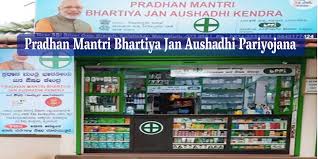
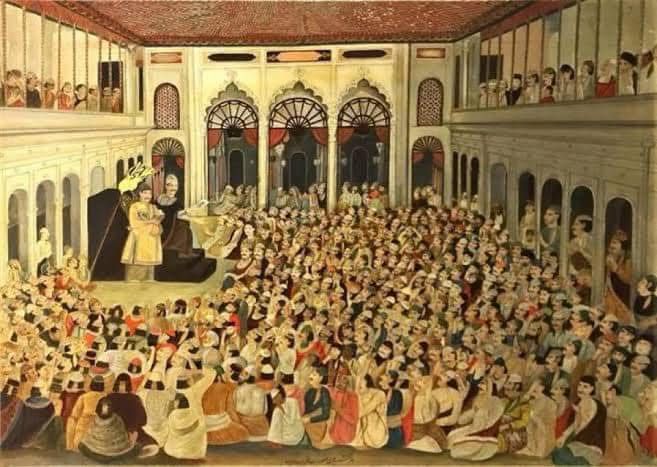
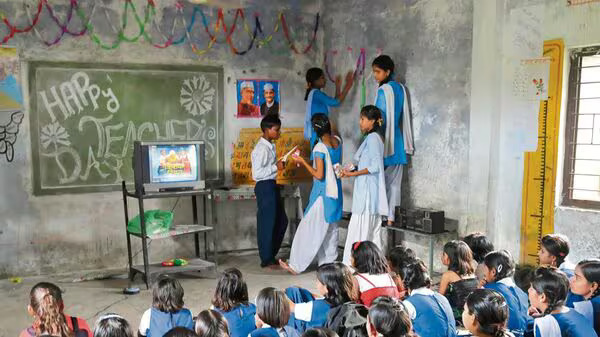
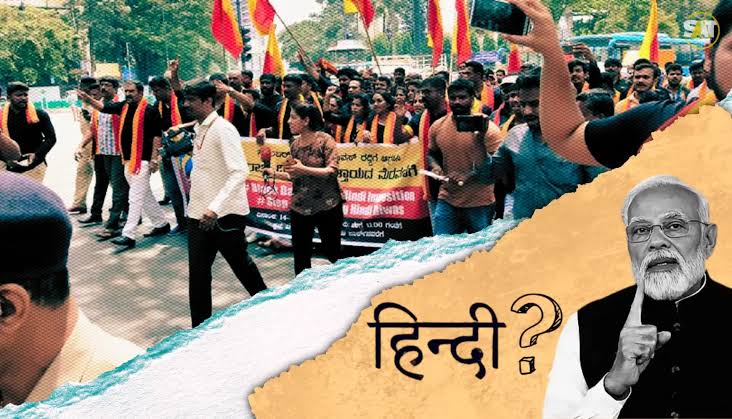
[[comment.comment_text]]